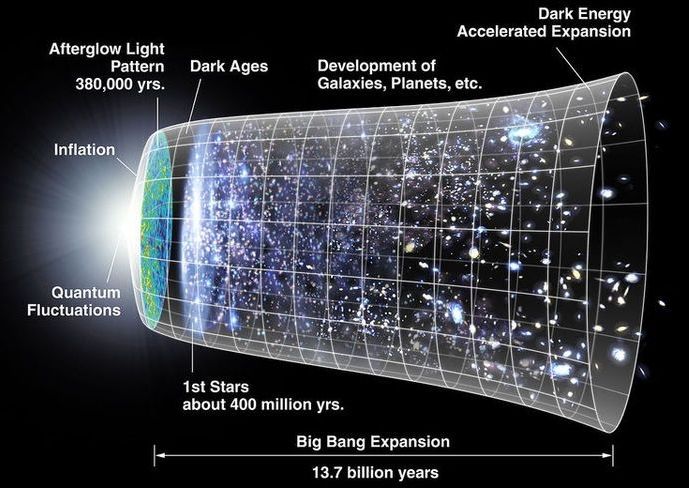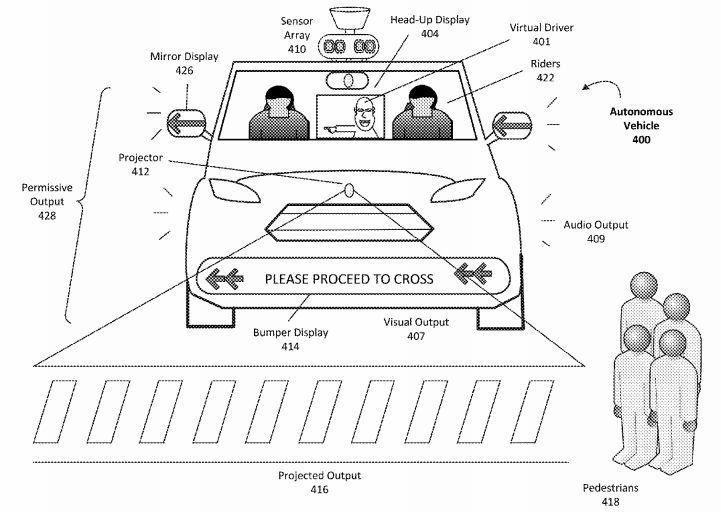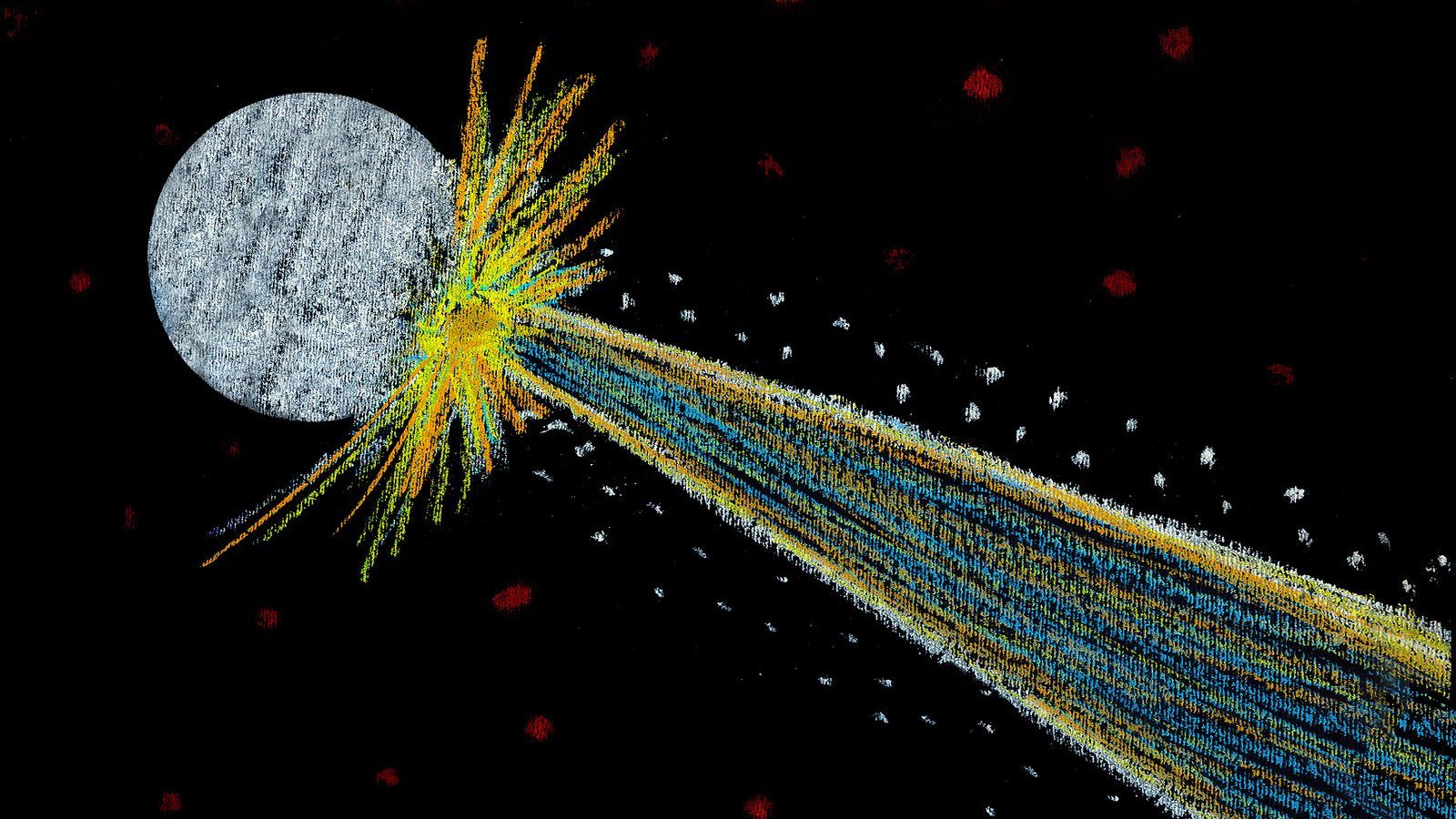Page 9895
Mar 18, 2018
The Limits of Neuroplasticity in the Brian
Posted by Nicholi Avery in categories: biotech/medical, computing, engineering, mapping, neuroscience
One of the #brain’s mysteries is how exactly it reorganizes new #information as you learn new tasks. The standard to date was to test how neurons learned new behavior one #neuron at a time. Carnegie Mellon University and the University of Pittsburgh decided to try a different approach. They looked at the population of neurons to see how they worked together while #learning a new behavior. Studying the intracortical population activity in the primary motor cortex of rhesus macaques during short-term learning in a brain–computer interface (BCI) task, they were able to study the reorganization of population during learning. Their new research indicates that when the brain learns a new activity that it is less flexible than previously thought. The researchers were able to draw strong hypothesis about neural reorganization during learning by using BCI. Through the use of BCI the mapping between #neural activity and learning is completely known.
“In this experimental paradigm, we’re able to track all of the neurons that can lead to behavioral improvements and look at how they all change simultaneously,” says Steve Chase, an associate professor of biomedical engineering at Carnegie Mellon and the Center for the Neural Basis of #Cognition. “When we do that, what we see is a really constrained set of changes that happen, and it leads to this suboptimal improvement of performance. And so, that implies that there are limits that constrain how flexible your brain is, at least on these short time scales.”
It is often challenging to learn new tasks quickly that require a high level of proficiency. Neural plasticity is even more constrained than previously thought as results of this research indicate.
Continue reading “The Limits of Neuroplasticity in the Brian” »
Mar 18, 2018
We’ll Never Know For Sure How Everything Began
Posted by Genevieve Klien in categories: cosmology, singularity
Roughly 13.8 billion years ago, the Universe as we know it expanded from an infinitely hot and dense singularity in space and time, first in a furious torrent of rapid cosmic inflation for a fraction of a second, and then in the more calm manner we see today – gradual, yet accelerating expansion fueled by dark energy.
This fleetingly describes the Big Bang model of cosmology, the most successful theoretical explanation for our grand Universe. Backed by boatloads of observational evidence, we can be very sure of its veracity. Caltech astrophysicist Sean Caroll even described the Big Bang as “100 percent true.”
But that percentage of surety dwindles to nothing when discussing the singularity that supposedly started it all. Where did it come from? What came before it? What caused it to “bang” in such a big way? As Carroll admitted, this singularity and its accompanying “bang” are essentially stand-ins for what we don’t – and currently can’t – actually know.
Continue reading “We’ll Never Know For Sure How Everything Began” »
Mar 18, 2018
How Light and Genetics may Treat Brain Disorders in the Future
Posted by Genevieve Klien in categories: biotech/medical, genetics, neuroscience
Imagine being able to treat neurodegenerative diseases and mental disorders such as Alzheimer’s disease, Parkinson’s, epilepsy, PTSD, depression, and anxiety with non-invasive light-based therapy. This is the quest of pioneering scientists and researchers in optogenetics, an emerging field in biotechnology that uses light to control cells in living tissues such as neurons, in order to study brain function.
British Nobel laureate Francis Crick of The Salk Institute for Biological Studies in La Jolla, California put forth the concept of the ability to turn the firing of “one or more types of neuron on and off in the alert animal in a rapid manner” by using light as “the ideal signal” in his paper “The impact of molecular biology on neuroscience” published in Philosophical Transactions of the Royal Society B in 1999. Crick noted that his concept might be somewhat “far-fetched.” Yet as improbable as it would seem to the brightest minds in science before the turn of the century, this idea was proven in a little over half a decade.
In optogenetics, scientists add genetic code to target tissue, typically a neuron, which enables it to make light-responsive proteins called opsins. Gero Miesenböck and Boris Zemelman published a study in 2002 titled “Selective photostimulation of genetically charged neurons” in Neuron. They used opsin from the retina of a fruit fly to make a neuron light-sensitive. A year later, they demonstrated the use of heterologous proteins to sensitize neurons to light [1]. Peter Hegemann, Georg Nagel and other researchers published their discovery of phototaxis and photophobic responses of green algae in 2002 [2]. In August 2005, MIT neuroscientist Ed. Boyden, PhD, along with Karl Deisseroth, Feng Zhang, Georg Nagel, and Ernst Bamberg published in Nature Neuroscience a landmark breakthrough in optogenetics, “Millisecond-timescale, genetically targeted optical control of neural activity.
Continue reading “How Light and Genetics may Treat Brain Disorders in the Future” »
Mar 18, 2018
Babies can get cataracts too, but this stem-cell research could help treat them
Posted by Genevieve Klien in category: biotech/medical
Australian scientists use stem cells to create human eye lens cells, and then grow them into eye lenses, giving hope to children with cataracts.
Mar 18, 2018
3.0-magnitude earthquake rattles parts of central Oklahoma
Posted by Genevieve Klien in category: futurism
LANGSTON, Okla. (AP) — A 3.0-magnitude earthquake has shaken parts of central Oklahoma.
The U.S. Geological Survey says the quake was recorded at 1:50 p.m. Sunday about 9 miles (15 kilometers) north-northwest of Langston, which is about 43 miles (69 kilometers) north-northwest of Oklahoma City. The temblor was recorded at a depth of about 3 miles (5.5 kilometers).
No injuries or damage were reported. Geologists say damage is not likely in earthquakes below magnitude 4.0.
Continue reading “3.0-magnitude earthquake rattles parts of central Oklahoma” »
Mar 18, 2018
Uber patent application discusses intention signaling system
Posted by Saúl Morales Rodriguéz in categories: robotics/AI, transportation
Reaching the highest levels of safety for self-driving cars will depend on how well the cars are engineered to know when communications are needed, and to be able to communicate with other cars, with bikes, with people on foot. Where to go? When to walk?
Uber Technologies has filed a patent toward that end, with a discussion on how self-driving cars might communicate with pedestrians.
The patent title is “Light output system for a self-driving vehicle.” The patent applicant is Uber Technologies.
Continue reading “Uber patent application discusses intention signaling system” »
Mar 18, 2018
A painkiller more powerful than morphine is extracted from snail venom
Posted by Ian Hale in category: futurism
Mar 18, 2018
Russian Scientists Are Devising a Plan to Nuke Asteroids
Posted by Genevieve Klien in categories: nuclear energy, physics, space
You may have thought, “Hey, if we’re threatened by an incoming asteroid, we should just nuke it!” You’re not alone: a team of Russian scientists are working on a plot to do so, by detonating miniature asteroids in a lab.
In fact, several groups of researchers are now toying with the idea of asteroid nuking for the sake of planetary defense. The Russian team has even calculated about how much firepower they’d need to perform such a feat.
According to the translated paper published in the Journal of Experimental and Theoretical Physics: “Given the scale factor and the results of laboratory experiments, the undeniable destruction of a chondritic asteroid 200 m in diameter by a nuclear explosion with an energy above 3 Mt was shown to be possible.”
Continue reading “Russian Scientists Are Devising a Plan to Nuke Asteroids” »
Mar 18, 2018
New technique based on AI finds 6,000 new craters on Moon
Posted by Genevieve Klien in categories: robotics/AI, space
Scientists have mapped 6,000 new craters on the Moon with the help of a newly developed technique based on artificial intelligence (AI).
“When it comes to counting craters on the Moon, it’s a pretty archaic method,” said Mohamad Ali-Dib from the University of Toronto, Scarborough in Canada.
“Basically we need to manually look at an image, locate and count the craters and then calculate how large they are based off the size of the image. Here we’ve developed a technique from artificial intelligence that can automate this entire process that saves significant time and effort,” Ali-Dib said.
Continue reading “New technique based on AI finds 6,000 new craters on Moon” »


















